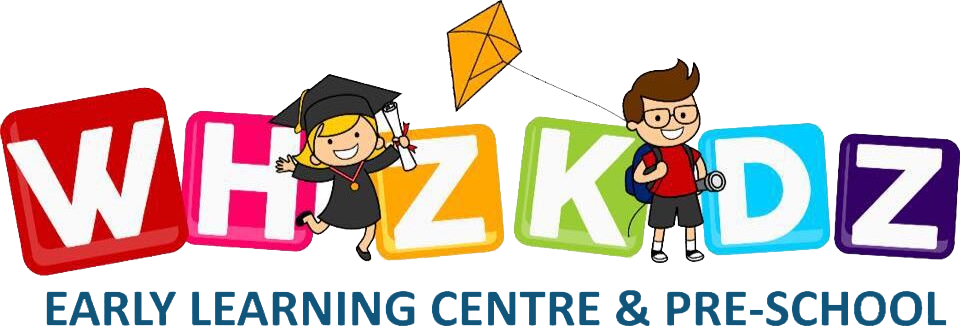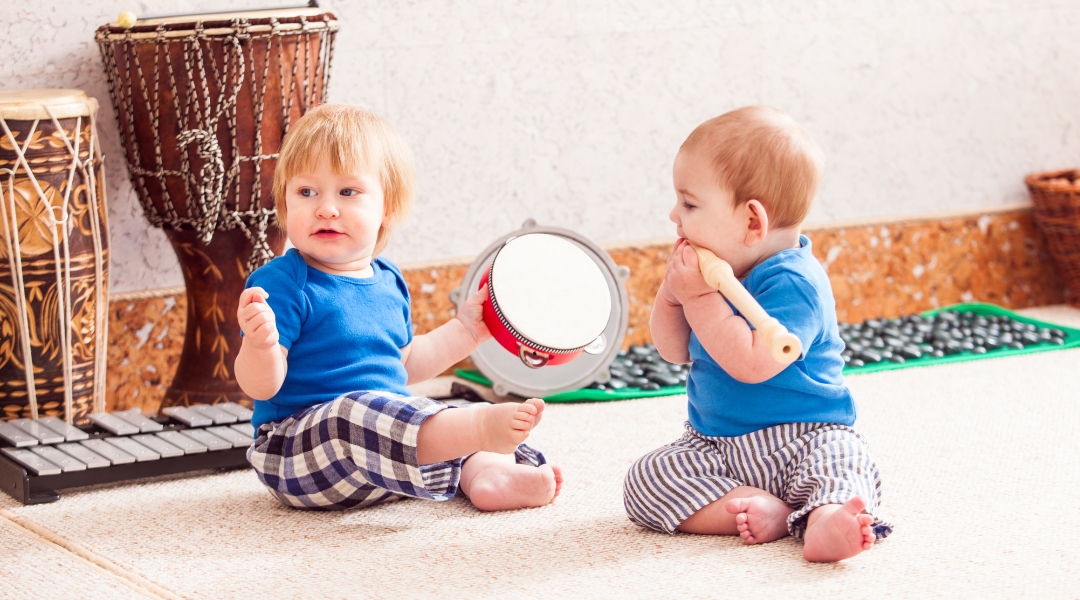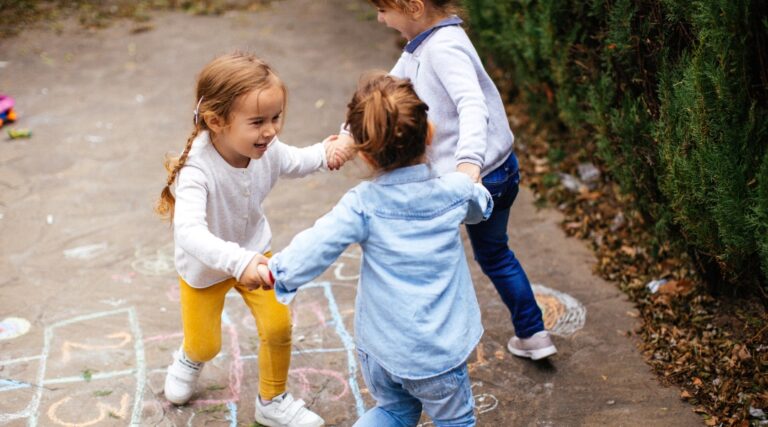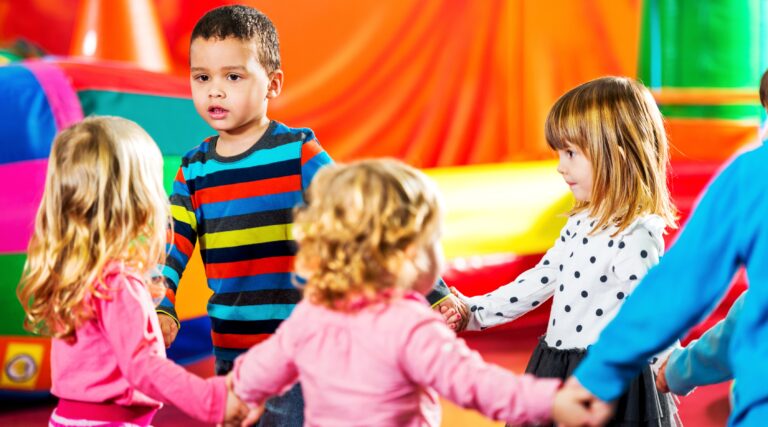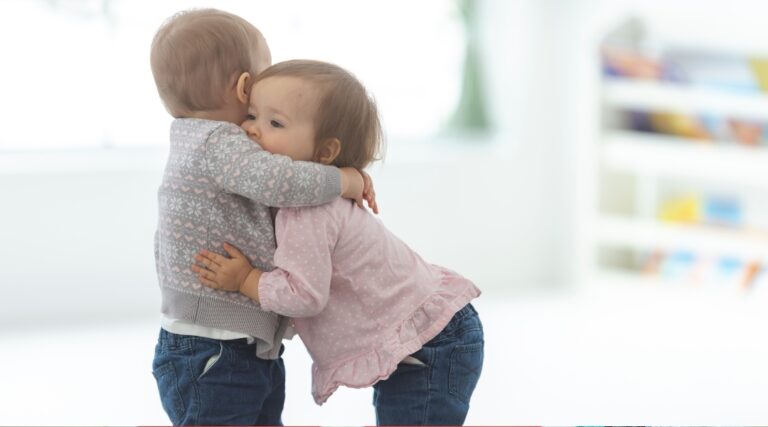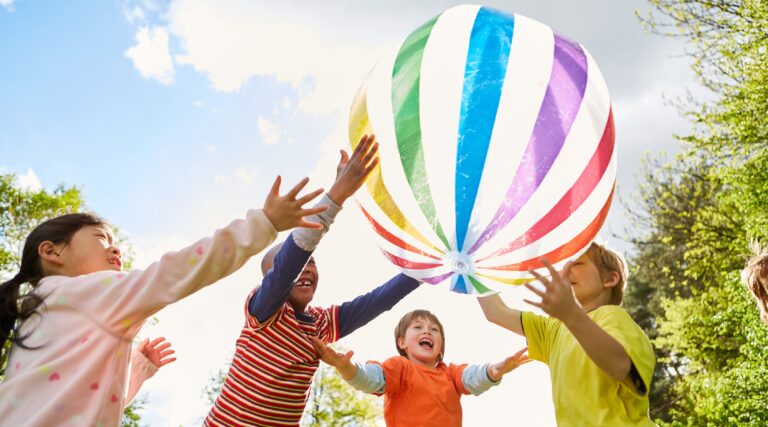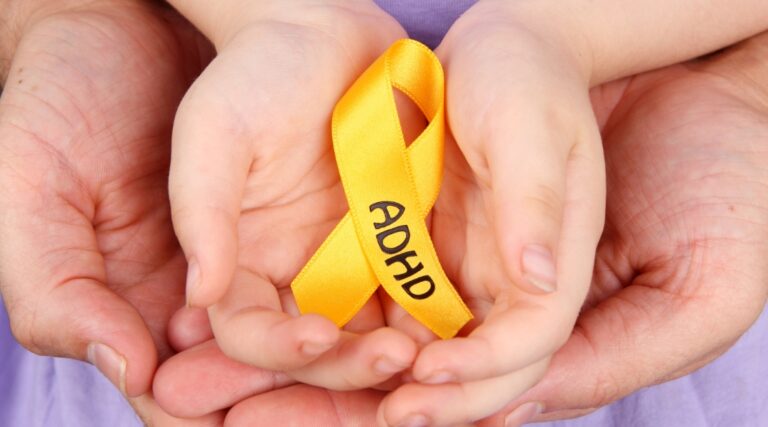Nurturing Creativity Through Music and Movement Activities
In a world where creativity is valued more than ever, nurturing it in our youngest learners is essential. Music and movement activities are powerful tools in this endeavour, offering a range of benefits beyond just artistic expression.
In this post, we’ll explore how music and movement can foster creativity in young children and share some simple activities we do at Brookfield Whiz Kidz.
Why Music and Movement?
Music and movement activities engage multiple senses and areas of the brain, making them ideal for stimulating creativity. They encourage children to express themselves in different ways, whether through dance, rhythm, or song. These activities also promote physical coordination, cognitive development, and emotional expression, all of which are crucial components of creativity.
Benefits of Music and Movement for Creativity
- Self-Expression: Music and movement provide a non-verbal outlet for children to express their thoughts, feelings, and ideas. This can be especially beneficial for children who may struggle with verbal communication.
- Imagination: Music has a unique ability to evoke emotions and images, sparking children’s imagination and inspiring creative thinking.
- Problem-Solving: Movement activities often require children to think on their feet, improvising and finding solutions to physical challenges, which are valuable skills in creative problem-solving.
- Social Interaction: Collaborative music and movement activities promote teamwork, communication, and the sharing of ideas, fostering a sense of community and collective creativity.
Simple Music and Movement Activities to Try
- Free Dance: Play a variety of music and encourage children to move their bodies freely, expressing themselves however they like.
- Musical Storytelling: Use instrumental music as a backdrop for storytelling, encouraging children to act out the story through movement.
- Rhythm Games: Explore different rhythms using simple percussion instruments or clapping games, encouraging children to create their own rhythms.
- Creative Movement Challenges: Give children specific movement challenges, such as moving like different animals or imitating different types of weather.
- Group Sing-Alongs: Singing together promotes a sense of unity and can be a joyful way to encourage creativity.
Conclusion
Music and movement activities are not just fun and engaging; they are also powerful tools for nurturing creativity in young children. By incorporating these activities into our routine at Whiz Kidz Brookfield we help children develop their imagination, self-expression, problem-solving skills, and social interaction abilities—all essential components of creativity. So, put on some music, get moving, and watch the creativity bloom!
